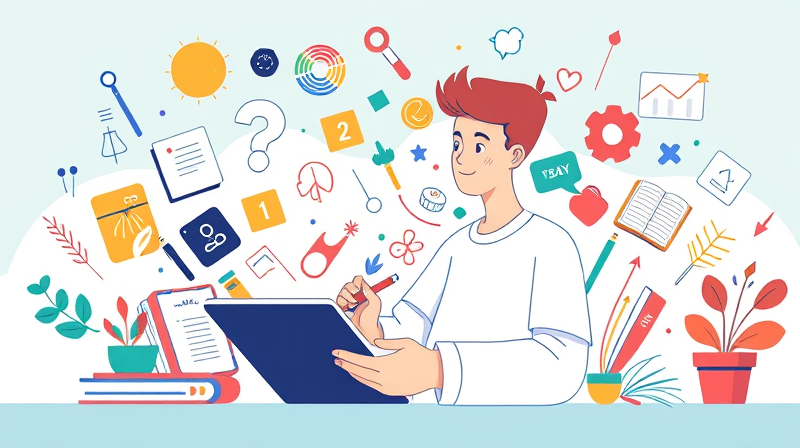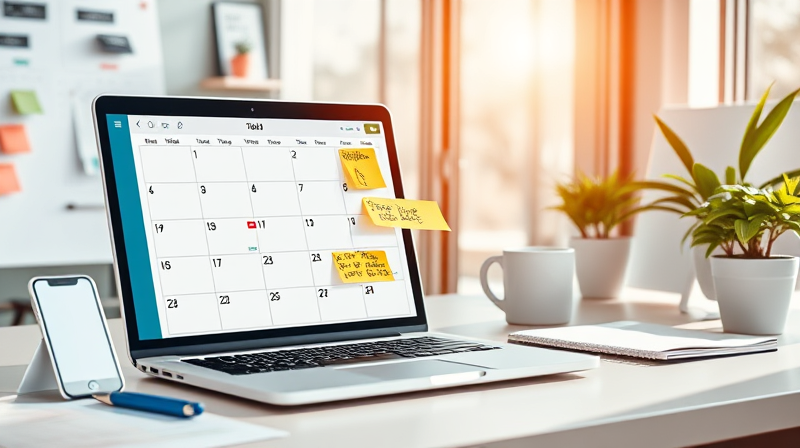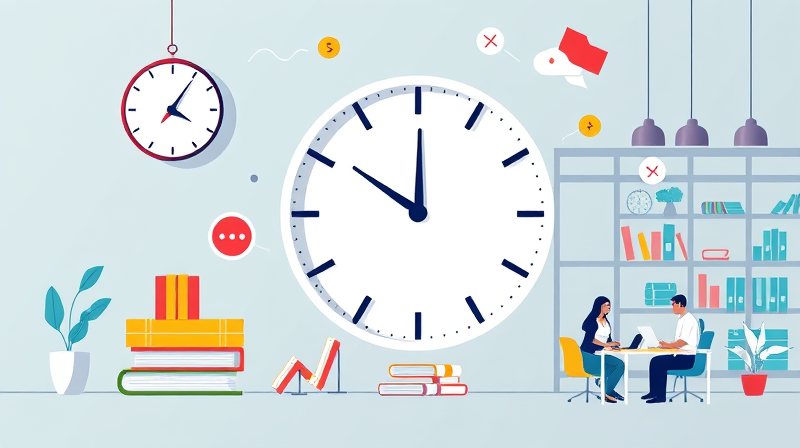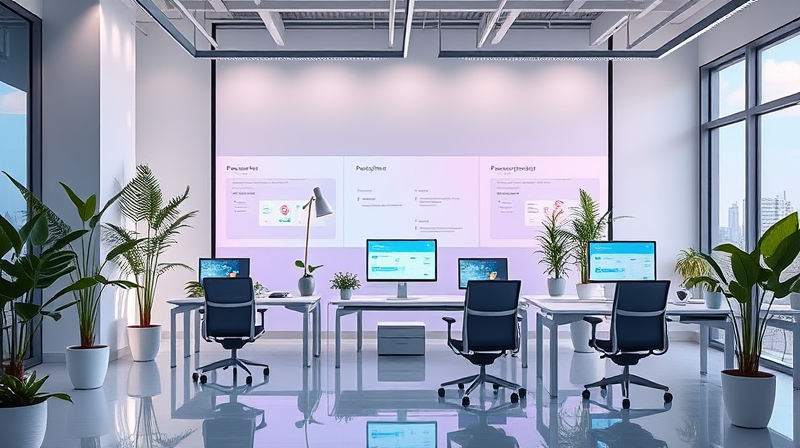Creating a personalized organization system is not just about tidying up your workspace; it is a journey of self-discovery and empowerment. When you align your system with your natural habits and routines, you empower yourself to be more productive, reduce daily stress, and find balance in both personal and professional areas of life.
Every individual is unique, and so are their needs. To begin, understand your habits deeply. Reflect on the way you work, play, and rest. A strong system will honor your natural flow rather than force you into a one-size-fits-all mold.
Understanding Your Unique Lifestyle
Before diving into specific tools or techniques, take some time to map out your life. Start by identifying the key categories in your daily routines. By breaking down your responsibilities into distinct areas, you clarify what matters most.
- Life Buckets: These include personal fulfillment, career, financial stability, social connection, and health. By categorizing your goals, you enable focused workflows for every aspect of your life.
- Self Assessment: Analyze your current system—what works, what creates friction, and where you feel overwhelmed. This honest evaluation can be the catalyst for improvement.
Engaging in this self-reflection ensures that every part of your organization system resonates with how you actually live.
Choosing the Right Tools and Methods
Once you understand your needs, it is time to choose the tools that align with your habits. Today, an array of digital solutions is available, but traditional methods hold their charm, too.
Consider the following approaches:
- Digital Tools: Apps such as Notion, Todoist, or Trello are excellent for tracking tasks, projects, and even habits. Their versatility helps incorporate methods like time-blocking and the Pomodoro Technique, which can transform how you work.
- Physical Systems: Journals, planners, or a bullet journal can provide a tactile and authentic experience, helping you to connect with your day as it unfolds.
- Hybrid Approaches: Experiment with combining both digital and physical methods. This allows you to enjoy the benefits of a digital "second brain" while preserving the creativity and satisfaction of writing things down.
The key is to select tools that complement your natural style, rather than those that feel like a forced imposition on your daily routine.
Building Your System Around Natural Rhythms
An effective system works by adapting to your personal rhythms. Start by developing daily and weekly routines that support your productivity. For instance, setting aside time each morning for planning and reflection can set a proactive tone for the day.
Recognize your peak energy periods and schedule high-priority tasks during these times. If you are a morning person, reserve that time for critical thinking or creative projects. Conversely, use the quieter afternoons or evenings for routine tasks and self-care.
Plan for fluctuations in motivation; this includes incorporating rituals and rewards that encourage you even on low-energy days. Small rewards, such as a short break or a favorite treat, can have a big impact on sustaining momentum.
Decluttering and Streamlining Your Workflow
Clutter, in any form, can sabotage your organization system. Regularly clearing out unnecessary items and digital distractions will help you focus more on what is truly significant.
Minimize the inputs that overwhelm your mind. Take control of emails, notifications, and other interruptions by setting boundaries or designated times to address them. This focused approach can transform how you interact with everyday tasks.
Developing and Strengthening Habits
Habits are the backbone of any lasting system. Start small and build gradually. Engage in habit-building techniques that reinforce your long-term goals, whether it's through a nightly reading ritual or a commitment to regular planning sessions.
Accountability is essential. Without external enforcement, self-discipline is your greatest ally. Establish weekly and monthly review sessions where you can evaluate your progress and adapt your system as needed. This proactive behavior not only prevents overwhelm but also solidifies your confidence and control.
Creating a Digital "Second Brain"
A powerful strategy is to offload your burden from memory by creating a centralized system, your digital second brain. Use digital tools to store tasks, deadlines, and ideas, so you can free up mental space to focus on creative and strategic thinking.
Regular weekly reviews of your system ensure that you remain aligned with your needs and goals, making adjustments as your circumstances evolve.
Flexibility and Adaptation: Keys to Long-Term Success
Your organization system should always be evolving. The best systems allow for experimentation and adaptation over time. As you encounter new life phases or challenges, be ready to adjust and fine-tune your approach.
Flexibility is crucial for maintaining momentum. Embrace a mindset of continuous improvement where each experiment, whether successful or not, adds value to your journey toward a more organized and fulfilling life.
Embracing the Benefits of a Well-Designed System
When you design a system that fits your habits, you unlock the potential for enhanced productivity, reduced stress, and better overall balance. This approach gives you the freedom to focus on what truly matters, leaving behind the chaos of an unstructured life.
Imagine the impact of a system that empowers you to tackle your priorities with clarity and confidence. The transformative power of an organized lifestyle goes beyond mere task management—it opens the door to personal growth, creativity, and sustained achievement.
By dedicating time to understanding your habits and structuring your environment accordingly, you invest in a future where every day feels intentional and productive. Remember, the journey to organization is a continuous process—a series of small, deliberate steps that lead to lasting change.
Take the first step today. Align your system with your lifestyle, stay flexible in your approach, and celebrate every milestone along your journey towards a more organized and fulfilling life.








